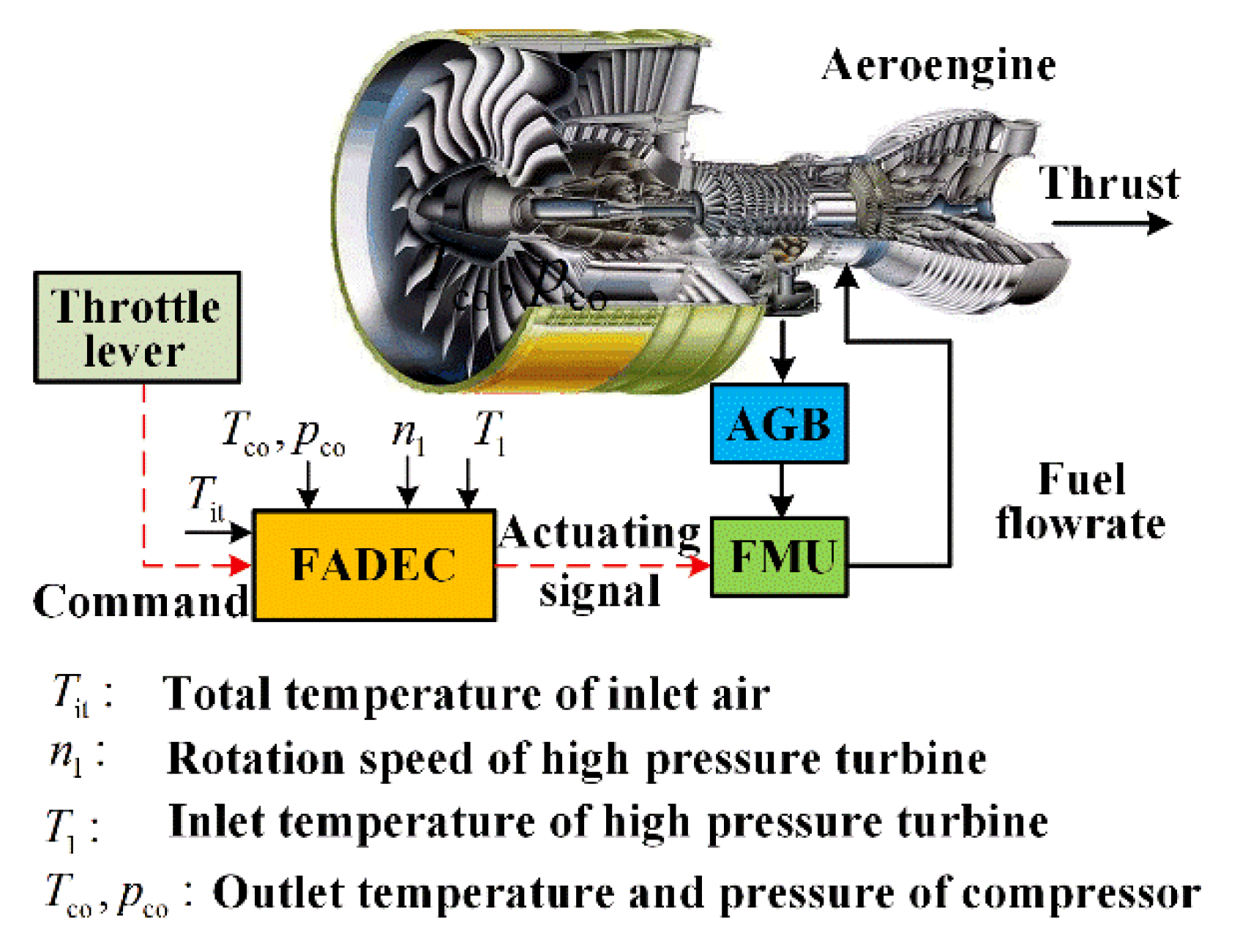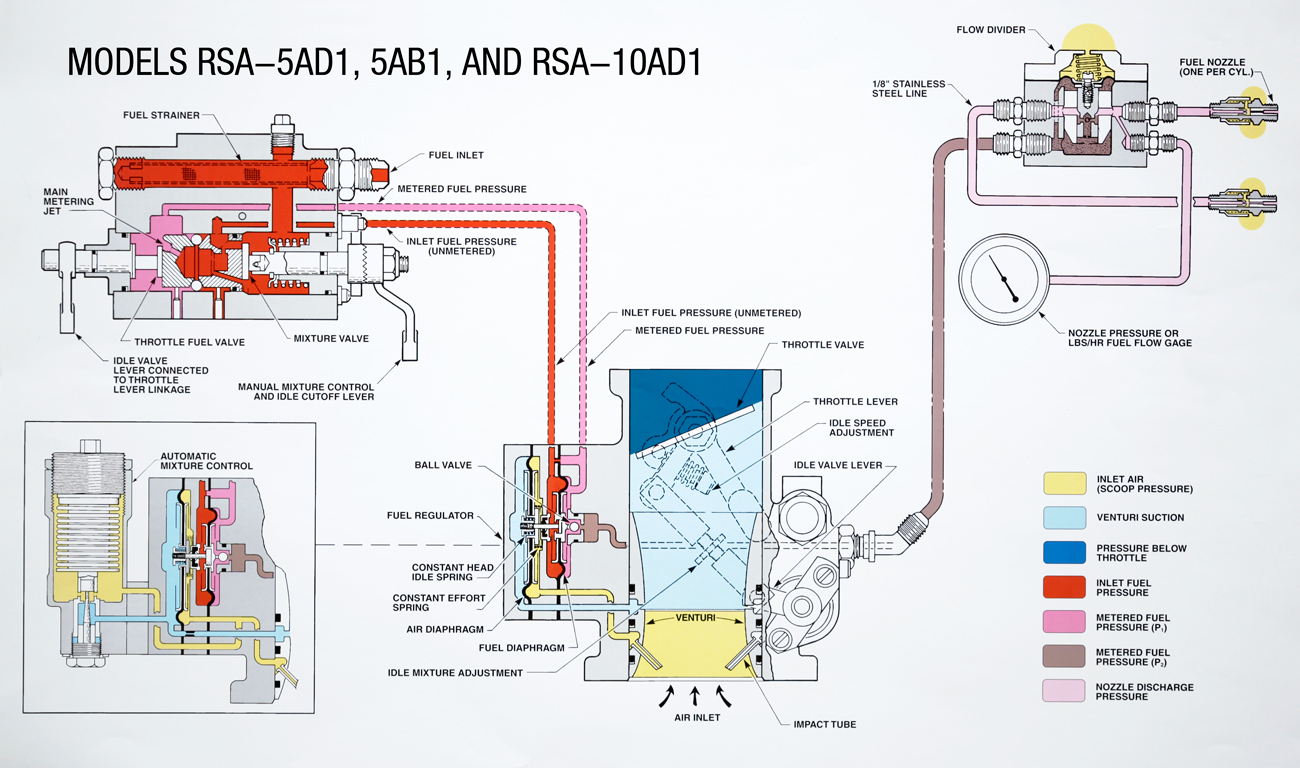Aircraft Fuel System - Church Members READ more LEARN more SAVE more - Get more from becoming a pilot - CLICK HERE
Fueling the airplane you fly has one purpose: to keep the fuel flowing from the tanks to the engine so it doesn't burn out. to miss a tire, regardless of power consumption, flight altitude, or position. These are gravity fed systems - primarily used in high altitude aircraft - or use fuel pumps, which are required for low altitude aircraft with fuel injection.
Aircraft Fuel System

In most light aircraft, the fuel tanks are located in the wings. A filler cap at the top of the wing allows it to be filled; Drainage at the bottom allows oil to be sampled for inspection and moisture to be removed. Air vents allow for even pressure inside. A sensor in each tank measures the amount of fuel, which is displayed on the in-flight fuel gauge.
Terdampar Dipinggirkan: Aircraft Fuel Systems
At high altitudes, gravity pushes the fuel from the tank to the carburetor, and fuel pumps may not be needed. However, a low-flying aircraft - and a high-wing aircraft with fuel-injected engines - will need a pump that uses the engine to propel the oil An electric pump should be provided to power the engine and use it as a backup. You'll also see an oil gauge so you know the pump is working properly.
The fuel chain valve allows the pilot to choose which tank to feed the engine with fuel. Some systems require you to switch between left and right tanks, while others offer both. Some aircraft may have one side better than the other when BOTH is selected; select the appropriate direction to correct the fuel imbalance. There is also the status of the chosen person.
Airplanes with carburetor engines will have a manual pilot that injects additional fuel into the engine to aid in starting. (The electric motor pump fulfills this role for installed motors.)
Before the fuel goes to the carburetor or fuel tank, it will pass through a filter, usually located at the lowest point of the fuel tank, in order to collect water and other impurities that are more heavier than avgas. The oil refinery is under fire; you will also take a fuel sample from here before flying.
Aircraft Carburetors And Fuel Systems: A Brief History
Mike Collins, executive director and director of business development, died at the age of 59 on February 25, 2021. He was an integral part of the media team for almost 30 years and was held several key management roles in Pilot, Flight Training and Online. He is a talented writer, director, photographer, voiceover and videographer and a musician and drone pilot. We and our partners use cookies to store and/or access information on a device. We use the data for specific advertising and content, advertising and measurement, audience data, and product development. An example of data being processed could be unique information stored in a cookie. Some of our partners may process your information as part of their business interests without seeking your consent. To view the purposes for which they believe they have rights, or to object to this data processing, please use the link below. go down. The consent given will only be used to process data originating from this website. If you wish to change your settings or withdraw your consent at any time, the link to do so is in our privacy policy , can be found from our homepage.
As each manufacturer makes their own oil system, the basic oil requirements listed at the beginning of this site are Irrigation systems have the same design and function in the field. In the following sections there are representative examples of the various fuel systems in each class of aircraft considered. Others are similar but not the same. Each aircraft fuel system must store and deliver clean fuel to the engine(s) at a pressure and flow rate that can maintain proper operation. regardless of the aircraft's operating conditions.
Fueling Systems for Each Single-engine Aircraft Fueling systems for each single-engine aircraft vary depending on factors such as tank location and landing method. adds fuel to the fire. The fuel system of a high-wing aircraft may be of a different design than that of a low-wing aircraft. A carbureted jet engine uses a different fuel system than fuel injection.

Gravity feed systems High-wing aircraft with fuel tanks on each wing are common. With the tanks above the engine, gravity is used to circulate the oil. A simple feeder system is shown in Figure 1.
Aircraft Fuel System Indicators
The space above the fuel tank is cooled to maintain air pressure over the fuel tank while the tank is empty. The two tanks are also flush with each other to ensure equal pressure when both tanks are fed to the engine. One shield on each tank feed line connects to either an oil shut-off valve or a multi-stage chain valve. The shut-off valve has two positions: oil ON. and PAT fuel If installed, the chain valve provides four options: stop fuel supply to the engine; fuel supply from right tank only; fuel supply from the left fuel tank; supply fuel to the engine from two tanks at the same time.
After closing or closing the chain, the oil passes through the cooling system of the main system. There is usually a drain to remove dirt and water. From there it flows to the carburetor or the primary pump to start the engine. Because there is no fuel pump, the gravity feed system is the simplest fuel system on an airplane.
Pump-feed system A single-piston, low- and mid-range engine cannot use fuel because it is not above the engine. Instead, one or more pumps are used to move the fuel from the tank to the engine. A typical fuel system of this type is shown in Figure 2. Each tank has a line from the protective box to the chain drain. However, oil cannot be drawn from both tanks at the same time; if one tank runs out of fuel, the pump draws air from that tank instead of fuel from the entire tank. Since oil is not drawn from two tanks at the same time, there is no need to connect the vessels together.
Figure 2. A single piston engine airplane with fuel tanks located in the wings below the engine uses pumps to draw fuel from the tanks and deliver it to the engine.
Fuel Management Systems For Aircraft
From the chain channel (LEFT, RIGHT or OFF) the oil flows into the main filter that can feed the supercharger of the engine. It then flows down to the fuel pumps. Typically, one electric fuel pump and one engine driven fuel pump are arranged parallel. They draw fuel from the tank(s) and take it to the carburetor. The two pumps provide recycling. The fuel pump uses the engine as the primary pump. An electric pump can supply fuel if the other fails.
The electric pump also provides fuel pressure during startup and is used to prevent vapor locks at high altitude.
Airplane-Wing Airplanes with Fuel Injection System Some high-altitude single-engine airplanes are equipped with a fuel injection system that includes an injector instead of a carburetor. It combines gravity flow with the use of a fuel pump. The Teledyne-Continental system is an example. [Figure 3]

NOTE: Fuel injection systems inject fuel under pressure into the engine or directly into the crankcase. Airless fuel is required to ensure balanced, continuous fueling and smooth engine operation.
Review Of Aircraft Fuel System By International Journal Of Advance Research And Innovative Ideas In Education
Oil under pressure from an engine driven pump is measured as a function of engine speed in the Teledyne-Continental system. It is first transported from oil tanks by gravity to small pits or storage tanks. These tanks, one for each wing tank, coordinate the liquid fuel and have very little air space. They deliver fuel through a three-way system (LEFT, RIGHT or OFF). The check valve also works at the same time as a damper for the air that is separated from the fuel in the fuel pump to use the engine and return to the valve. It directs the air to the space above the oil in the selected tank.
An electric auxiliary fuel pump draws fuel from the chain rail. The oil is forced through the filter, and made available to the primary pump and the engine oil pump. This pump is usually used for starting and installation when the pump that uses the engine fails. It is controlled by a switch in the cockpit and does not require the vehicle to allow the fuel pump to operate the engine to provide fuel.
The fuel pump takes the engine under pressure from the electric pump or from the tank when the electric pump is not running. A higher than required volume of fuel is supplied to the fuel system. The excess oil is returned to the pump, where it is pumped through the selected channel into the appropriate tank. Fuel vapor is also returned to the tanks by the pump. The fuel section tests the fuel based on the engine and blends the materials used from the aircraft.
The oil control sends the oil to the distributor, where it separates and obtains the same,
System Rundown: Fcus And Engine Outs
Aircraft fuel tank vent system, aircraft fuel system pdf, fuel system of aircraft, types of aircraft fuel system, aircraft gravity feed fuel system, aircraft fuel management system, aircraft fuel, aircraft engine fuel system, aircraft fuel system components, fuel metering system aircraft, aircraft fuel injection system, aircraft fuel system requirements
